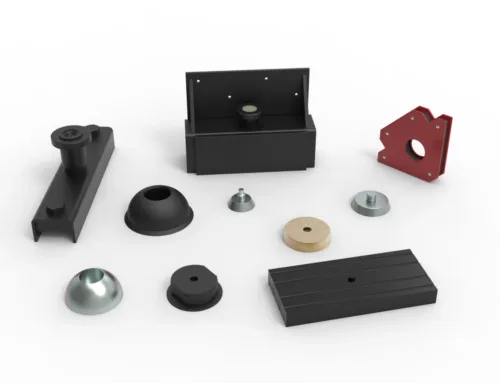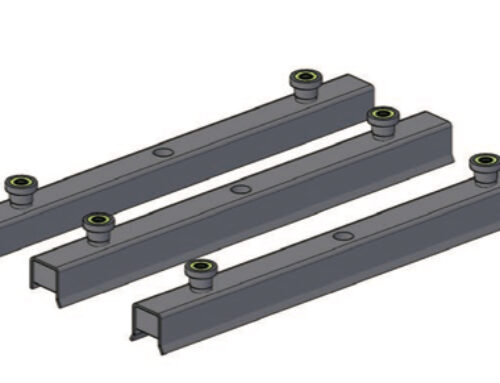Magnetic assemblies are designed configurations of magnetic and non-magnetic materials to create desired magnetic field patterns. By combining the strengths of multiple components, these assemblies make magnetic systems work better, making them essential in many industries. In this article, we will define magnetic assemblies, explain their importance, and look at some applications. We will take an in-depth look at what they do and why they matter.
What Are Magnetic Assemblies?
A magnetic assembly is a combination of magnet alloys and non-magnetic materials designed to create a specific magnetic circuit. The alloys are usually very brittle, which makes machining or adding features to the magnet itself difficult. But the non-magnetic materials, which are often used as housing or circuit elements, make it easier to incorporate design features while protecting the fragile magnet alloys from mechanical stress. These elements also make the overall assembly stronger magnetically and mechanically, which makes them useful for many different applications.
Magnetic assemblies make many different applications perform better and be more efficient. Some of the benefits include:
- Increased Efficiency: Magnetic assemblies make the magnetic field stronger and more focused, which lowers costs by using less material and helps critical applications work better.
- Tuned Functionality: The design flexibility allows you to customize magnetic assemblies for specific industrial needs, such as precision engineering or high-performance applications.
- Durability: The non-magnetic materials in the assembly protect the magnet alloys from mechanical stress, so the product lasts longer and works better.
Also, using advanced simulation software, like 2D and 3D BEA/FEA tools, helps optimize these assemblies. This ensures you get the precision and performance you want from standard and custom-engineered magnetic assemblies.
Magnetic assemblies are used in a wide range of industries including:
- Automotive: Found in sensors and motors that power today’s vehicles.
- Medical Technology: Are key components in MRI machines and other diagnostic tools.
- Consumer Electronics: Used in devices such as speakers and microphones to improve sound quality and device performance.
These assemblies often create more magnetic force than a stand-alone magnet because they include other parts that conduct flux, like steel. This makes the magnetic field go exactly where you want it, especially in direct contact applications. Even a small gap—like a coating or some dirt between the assembly and the workpiece—can greatly reduce the magnetism. So, it’s important to think about how you put these things together.
Conclusion
Magnetic assemblies are critical to moving technology forward, making things more efficient, more functional, and more durable across a wide range of industries. From automotive systems to the latest medical devices, these assemblies help push the bounds of what’s possible. With unique manufacturing capabilities and sophisticated design tools, companies like NBAEM can provide custom solutions to meet the ever-growing demands of high-performance magnetic systems.
Stay up-to-date with our latest blog posts for more information on magnetic technology and how it’s being used!





[…] and reliability. For more insights on neodymium magnets and their applications, you can explore NBAEM’s magnetic assemblies to see how these materials fit into different device […]